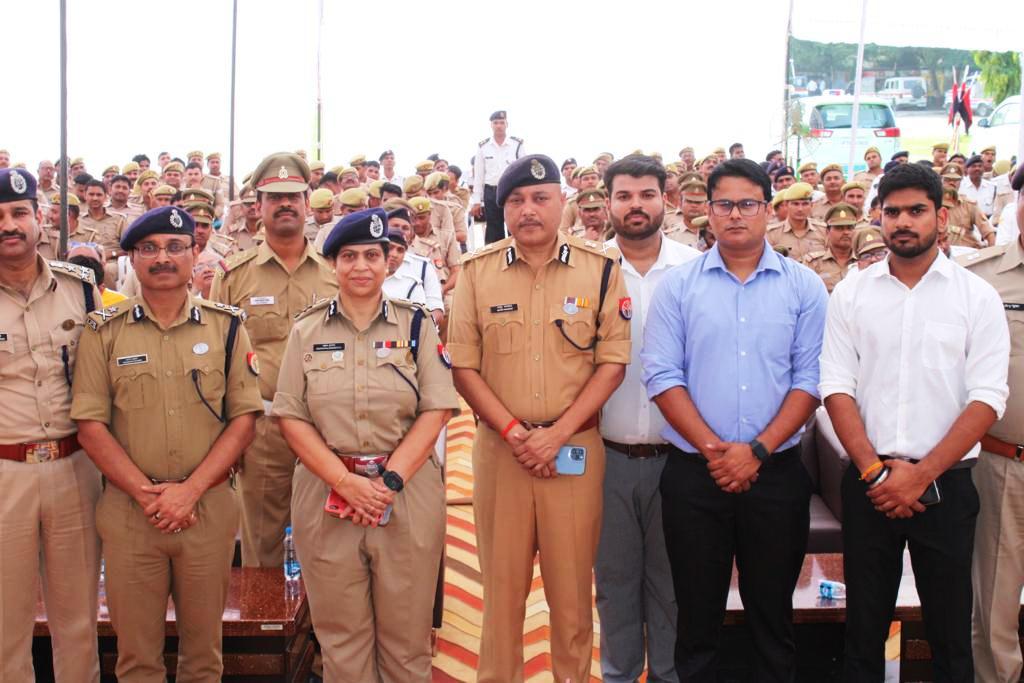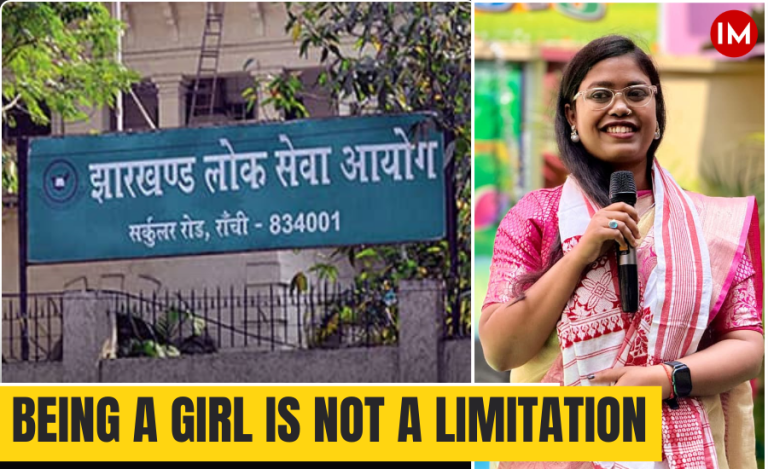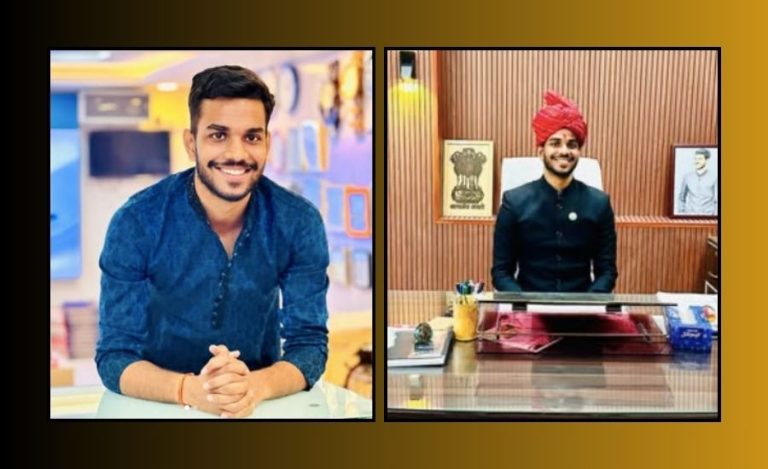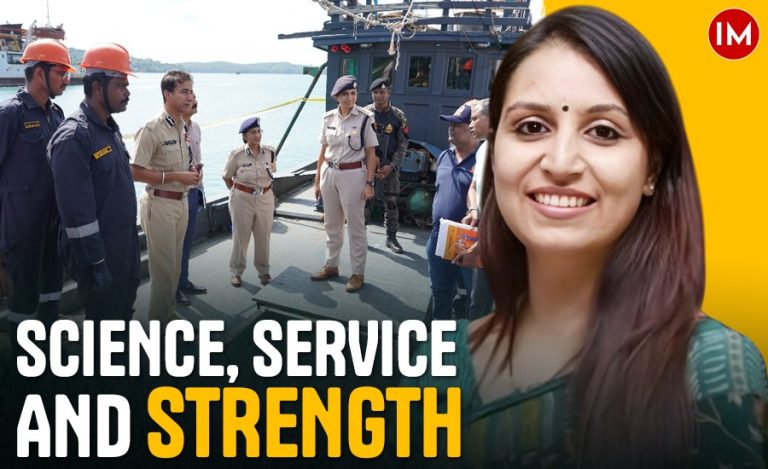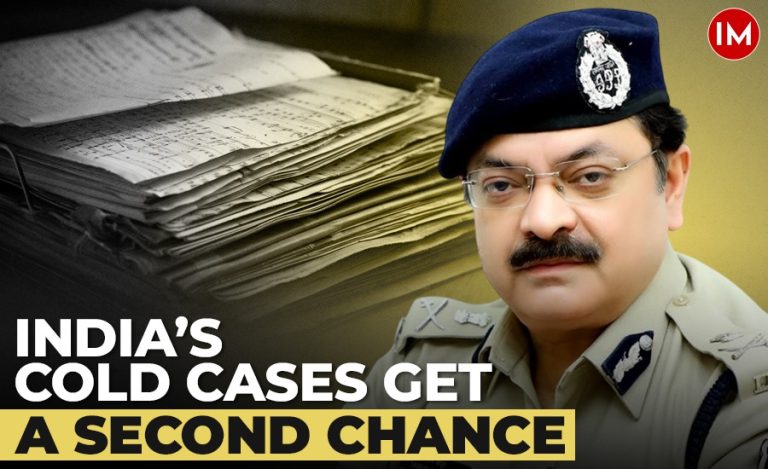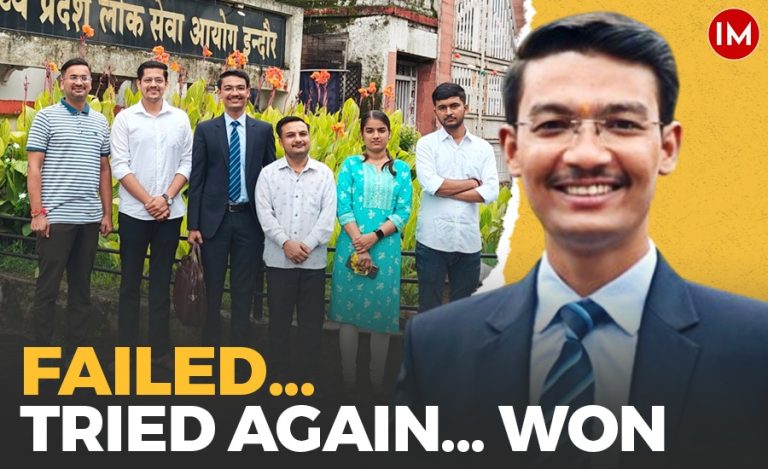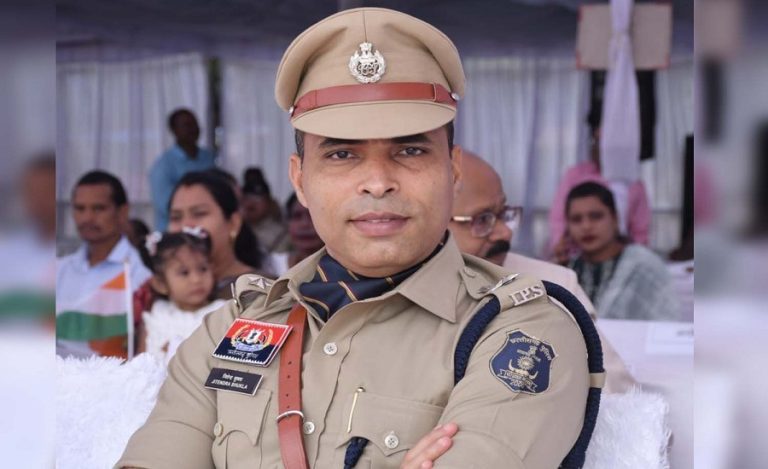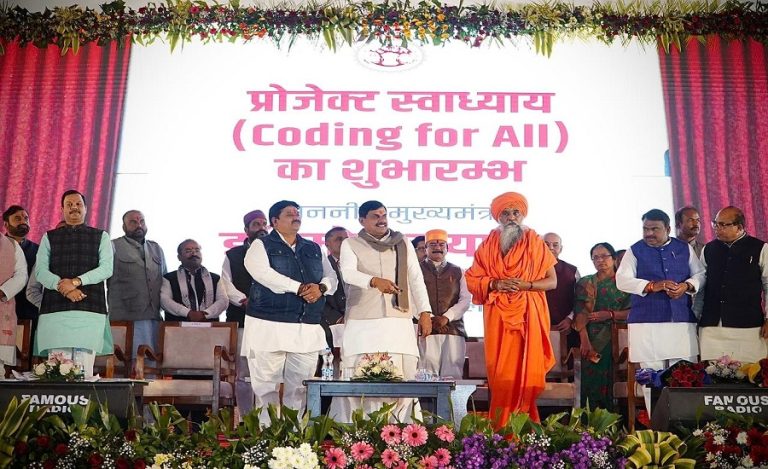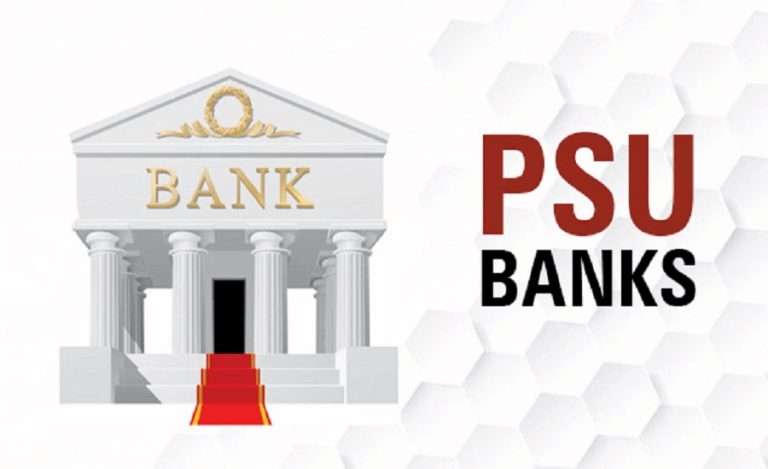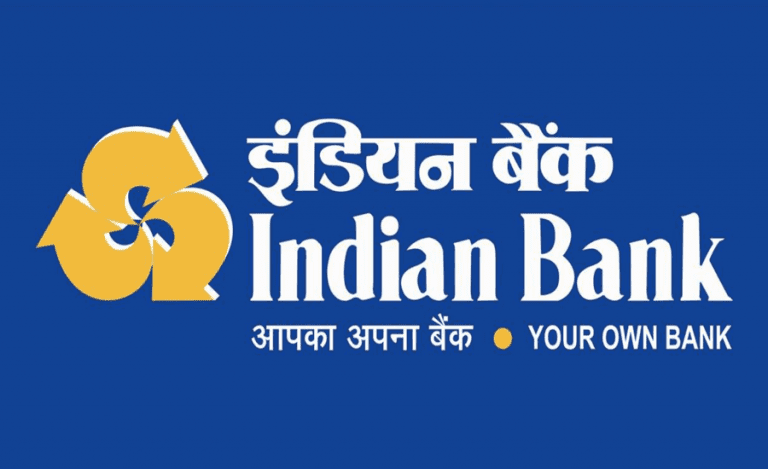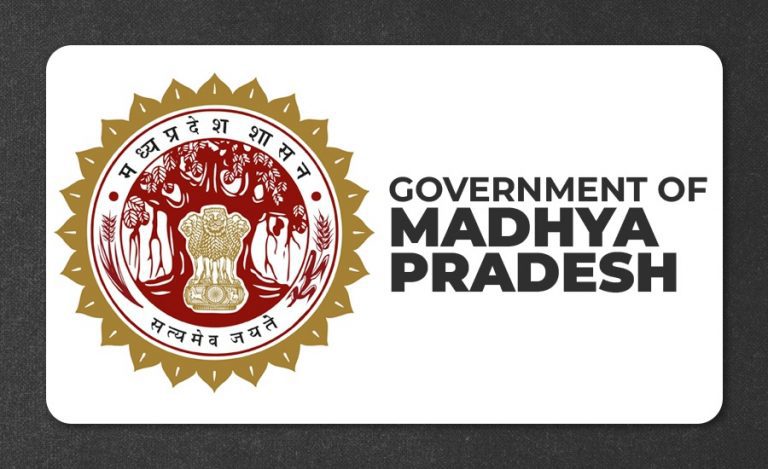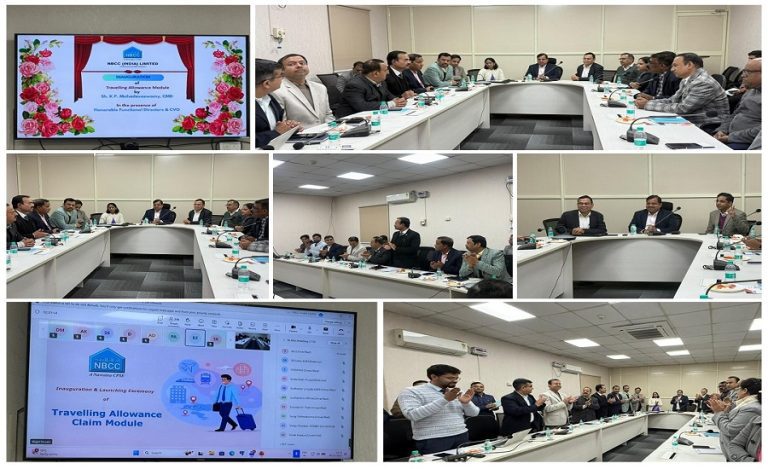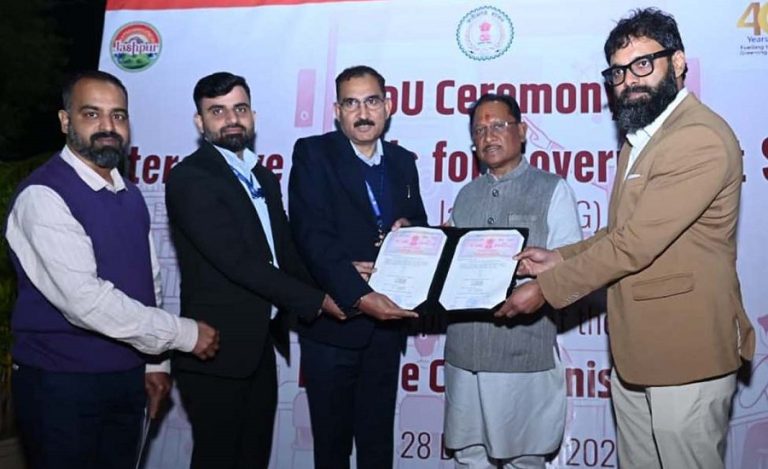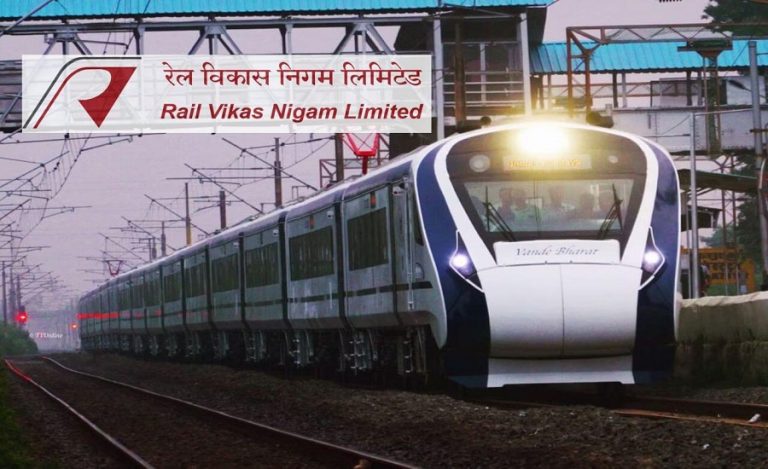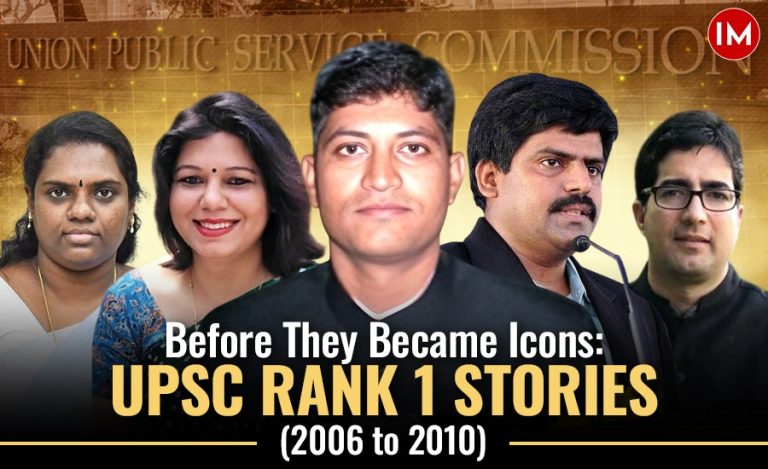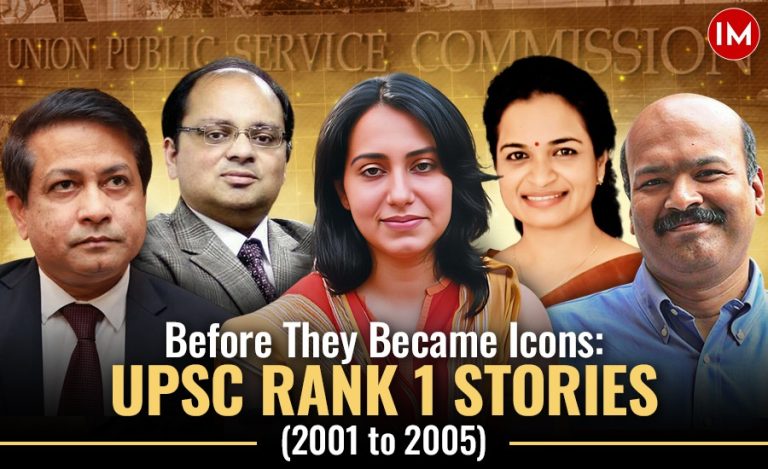Traffic responsibilities are made up of five E’s: – Education, Engineering, Enforcement, Emergency Care, and Environment – which together comprise the core of traffic, according to IPS officer Anupam Kulshreshtha, ADG, Traffic and Road Safety, Uttar Pradesh. She should know as she has been working to improve the traffic situation in Uttar Pradesh for the past six months and has had excellent success.
In an exclusive conversation with Indian Masterminds, the 1995 batch IPS officer shared her efforts and their results.
BRINGING THE ESSENCE OF TRAFFIC TO THE FOREFRONT
Ms. Kulshreshtha and her team have worked hard to bring the substance of traffic obligations to the general public’s attention. She has been raising awareness among the state’s numerous target groups about traffic rules and regulations, road safety, and the consequences of not following rules and penalties, associated with the offence, which are the important areas in which she has placed trust.
“Unless one has that ownership of their own traffic responsibilities, we can’t make any improvements in it. Therefore, raising awareness among people was extremely important to motivate them to take ownership of their traffic. We made them understand that the rules are not an imposition on them but they are made in their favour to avoid traffic accumulation in areas and to ensure safety,” shared the officer.
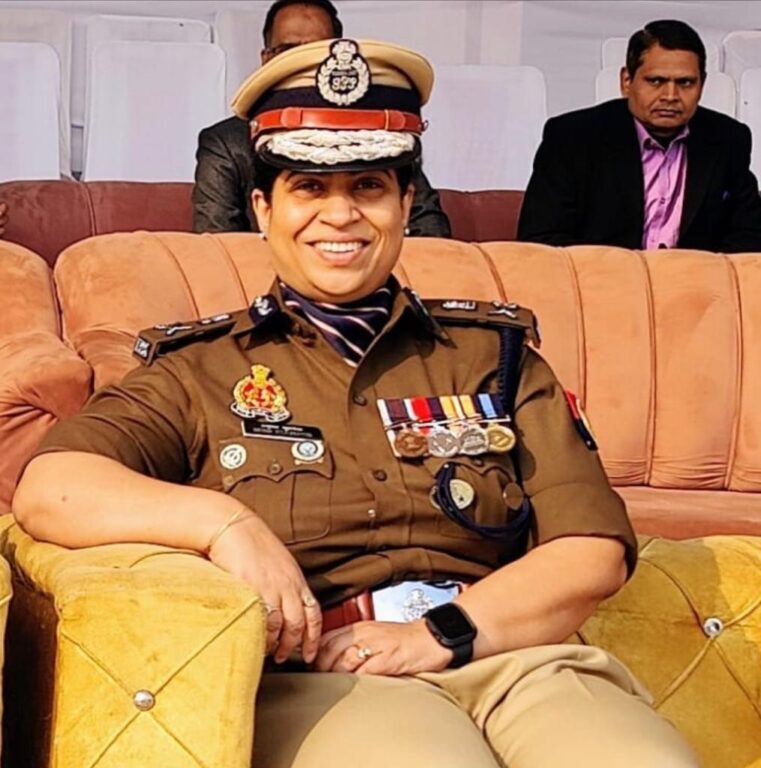
CATCHING THEM YOUNG
Ms. Kulshreshtha feels that every school and parent should be able to teach their children the necessity of following traffic regulations. To support this practice, the officer is working with the secretaries of the basic, secondary, and higher school education departments to include traffic as a separate subject in their curricula.
Ms. Kulshreshtha and her team organize ‘Traffic Month’ in November, and ‘Traffic Weeks’ in each quarter of the year, when a slew of activities relating to the five Es are conducted by various districts across Uttar Pradesh.
“We intensify several activities like raising awareness, educating about traffic rules, enforcing laws, taking care of the injured, issuing challans, addressing issues like noise and air pollution, etc. during this period,” she told Indian Masterminds.
MOBILIZING ROAD AGENCIES
“Road engineering is essential in terms of the quality and width of the road, ensuring the right height of the divider, whether it’s properly lit or not, service lanes, laybys, CCTV setups, speed limit mentions, etc. We coordinate with all such agencies and ensure that they don’t compromise on quality and meet deadlines,” stated Ms. Kulshreshtha.
The officer is also enlisting the assistance of private agencies to undertake road safety audits to improve public safety on the roadways. She monitors the agencies and receives reports and input from them to work with.
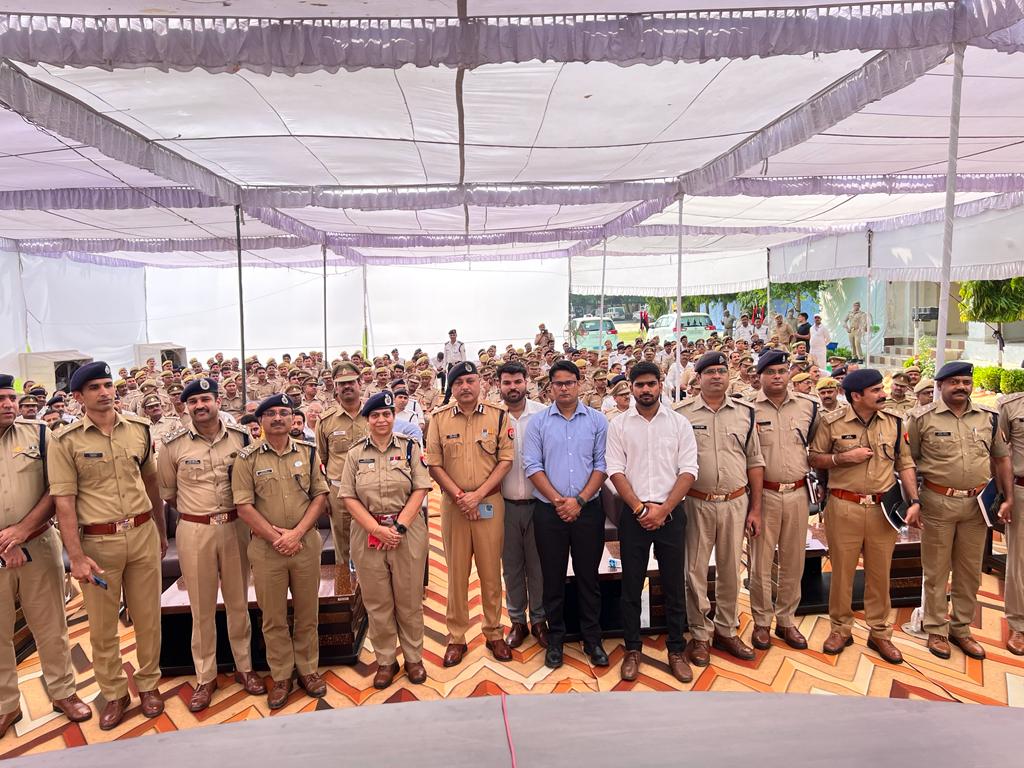
ENFORCING RULES
Ms. Kulshreshtha is ensuring the enforcement of e-challans on traffic defaulters. With the help of the AI-based Intelligent Traffic Management System (ITMS), which is in force in 11 districts of U.P., it has become easier for her to detect violations and regulate the city’s traffic.
Through it, the traffic police can identify the black spots of large congestion in the city, allowing their traffic regulators to regulate the traffic. “Traffic is a multi-departmental issue that must be addressed. Our men are also becoming active and can recognize the adjustments that are required. It is a galvanized thing that is gradually transforming into a movement.”
The officer is also working to make provision for the allotment of cranes for traffic police so that they can better fulfil traffic duties, as cranes are an important tool for enforcement, among other equipment.
EMERGENCY SERVICES
Anyone who saves someone’s life during the “golden hour” — the first hour after an accident — will receive the Good Samaritan Award, as well as a cash prize. Ms. Kulshreshtha has been at the forefront of putting the idea into action and encouraging more people to help the injured on their path.
“This has aided our emergency response, which is the scheme’s primary goal. I am also advocating for the creation of green corridors for ambulances, particularly in the case of organ transplants. We are attempting to fulfil our roles by organizing training and workshops since saving lives is our primary responsibility and we must live up to it,” she told Indian Masterminds.
The officer is conducting special drives to see if the public has completed their vehicle pollution, if there are no pressure horns or hooters in their vehicles, and so on, in order to reduce traffic-related air and noise pollution.

COLLABORATING WITH MAPPLS
Ms. Kulshreshtha was instrumental in UP Police signing an MOU with MapmyIndia (Mappls), an Indian technology company that creates digital map data, in September 2022. The initiative was such a success that the Secretary of the Ministry of Road Transport and Highways addressed a letter to all of India’s states, acknowledging U.P’s experiment and advising them to do something similar, utilizing technology to ease traffic.
“We’ve been running our experiment for three months now, and other states have approached us for assistance. This is a platform for exchanging information with three components: traffic cops, software programmers from IT businesses (service providers), and the general public. We share information and work together through our network, which connects all 75 districts in the state,” shared Ms. Kulshreshtha.
The collaboration will benefit the public by warning them of traffic in regions caused by anything such as rallies, processions, construction, waterlogging, and road obstructions, which will be made possible by the traffic cop’s assistance in publishing it on Mappls. It will also let the public know the reason behind the traffic and alternative routes to their destinations to prevent traffic jams.
“This also guides us in activating other services to rectify the issues that are causing the traffic jam, such as fallen trees, broken roads, big potholes, etc. We can inform the respective agencies, and they can work on them to provide solutions.”
Citizens can also input traffic-related data to the app, following which the Mappls team sends local representatives to the designated region to check and upload the data. The officer is getting the general population, tempo and vehicle drivers, and bus drivers, trained about the app through workshops.
The Mappls App and IRAD (Integrated Road Accident Data Base) are giving great traffic and accident insights respectively which ultimately helps in better traffic management. Along with this, capacity building through MORTH-sponsored programs is taking place in a big way, in the state. The syllabus of traffic training in-house has also been updated and modernized with the use of technology. Furthermore, the strength of traffic police has also been augmented to ensure more footfall on the road.

